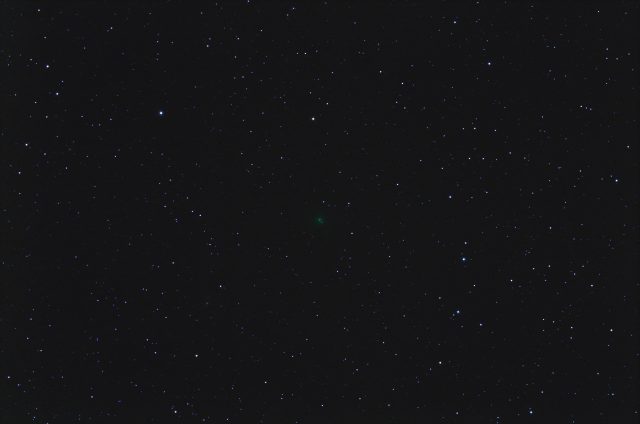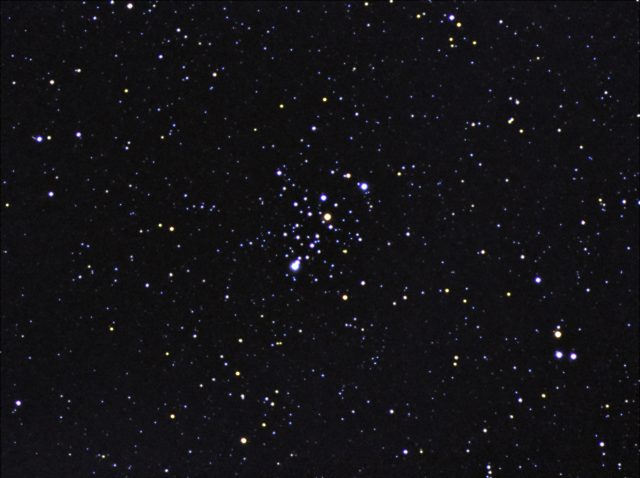
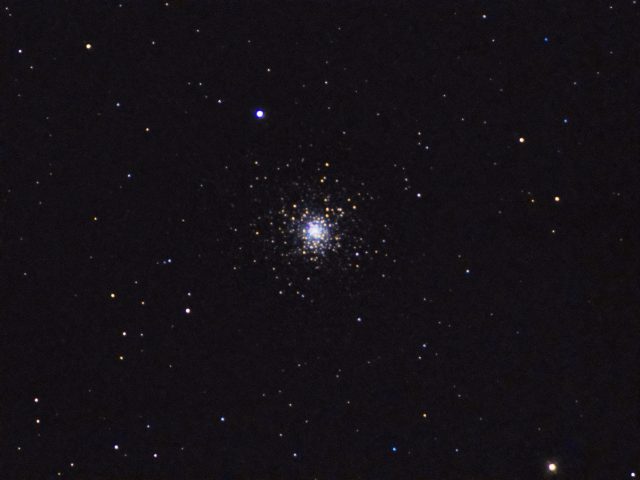
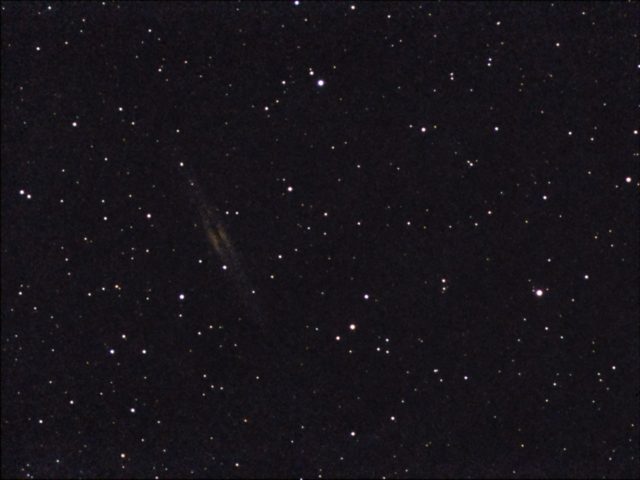
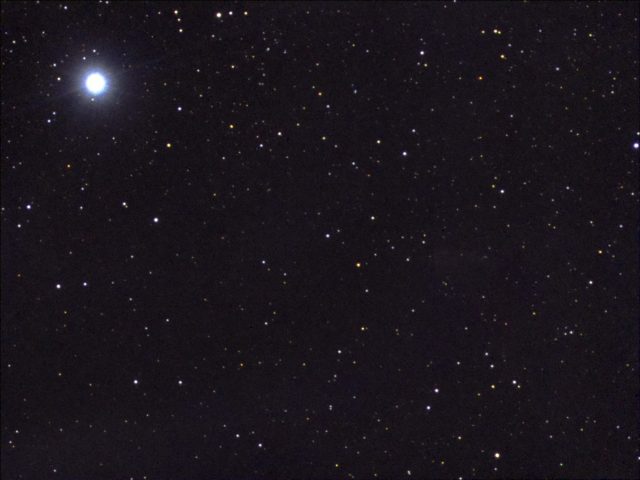
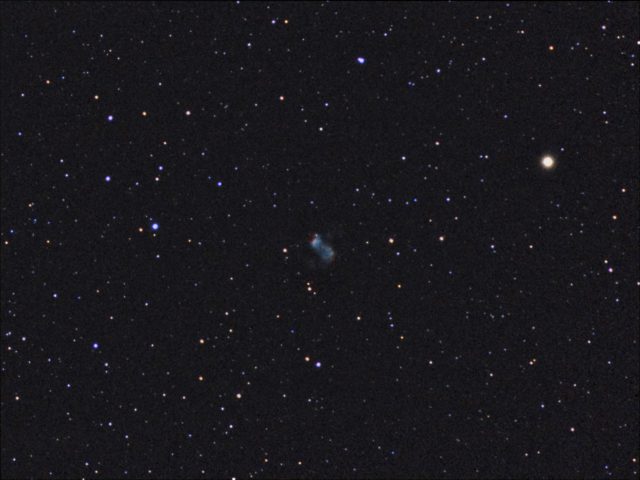
Here is a roundup of objects I was able to see during my most recent Electronically Assisted Astronomy (EAA) observing session. These were taken in a Bortle Red zone and under a nearly full moon on Dec 1, 2017.





Here is a roundup of objects I was able to see during my most recent Electronically Assisted Astronomy (EAA) observing session. These were taken in a Bortle Red zone and under a nearly full moon on Dec 1, 2017.
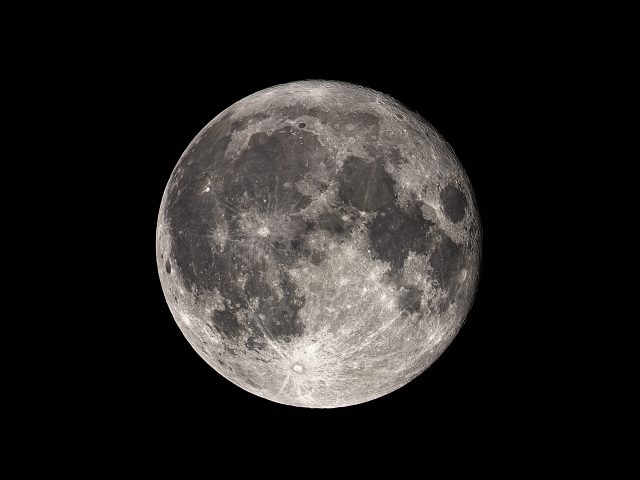
The moon still appears full and tonight (Sunday, Dec 3, 2017) is supposed to be the night when it is actually at its largest and closest to Earth at perigee.
It looked bigger to me the night before, but I guess that was because the weather was better. 🙂 To find out, I made an animated GIF that compares the 4 days worth of images:
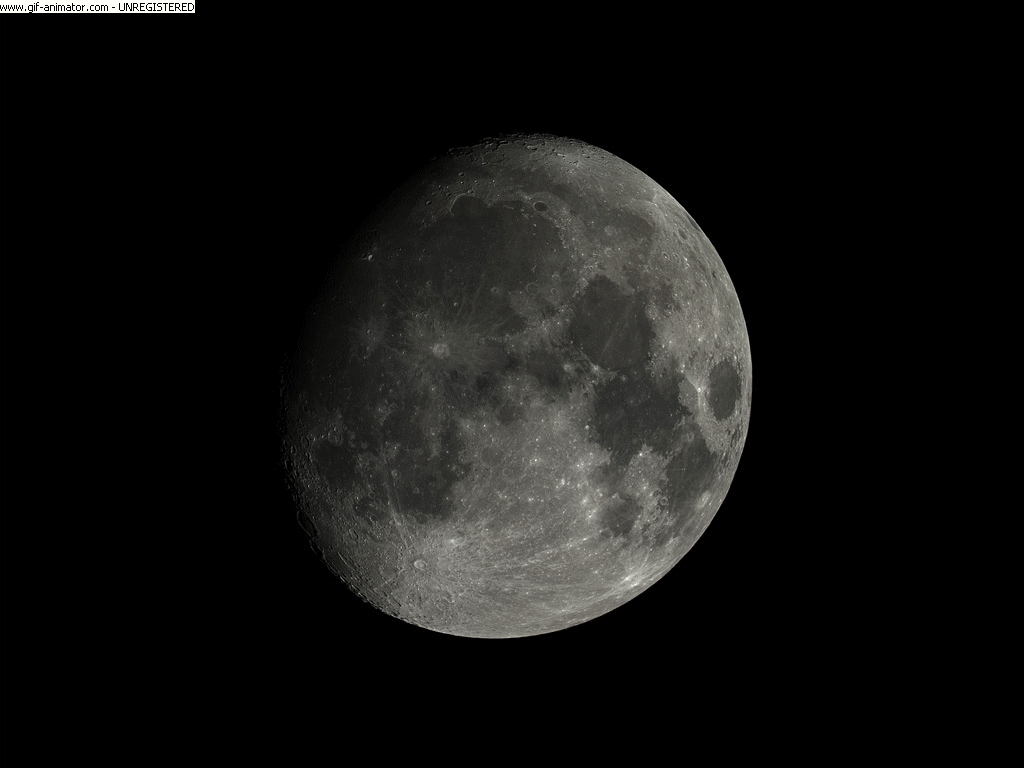
It does look like the 4th moon is bigger than the others! So, it was worth it to re-setup the scope and get the shot. Lucky for me the sky cleared long enough to do it. Later that evening, the clouds arrived in force and it hasn’t been clear since.
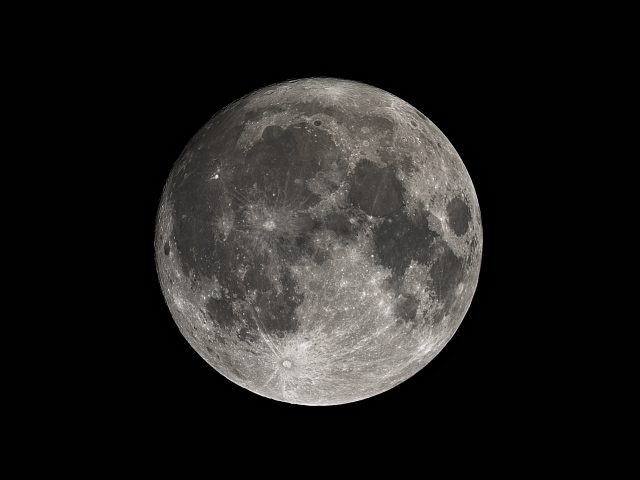
The full “Supermoon” of Dec, 2017 taken on the night of the 2nd at about 11:30 PM local time (Dec 3, 2017, 05:30 UT.) Not too bad seeing and just a few high clouds that I had to wait out.
I have another version from data earlier in the evening. At about 7:30 PM CST, the moon was high enough to shoot. I shot 2 AVI’s with 200 frames each and processed those in IRIS:
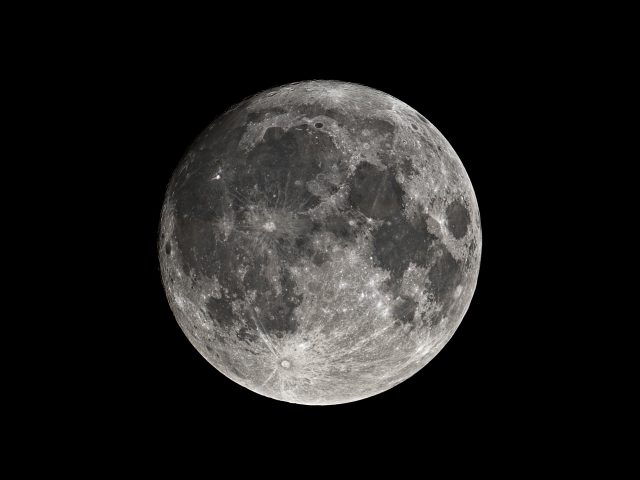
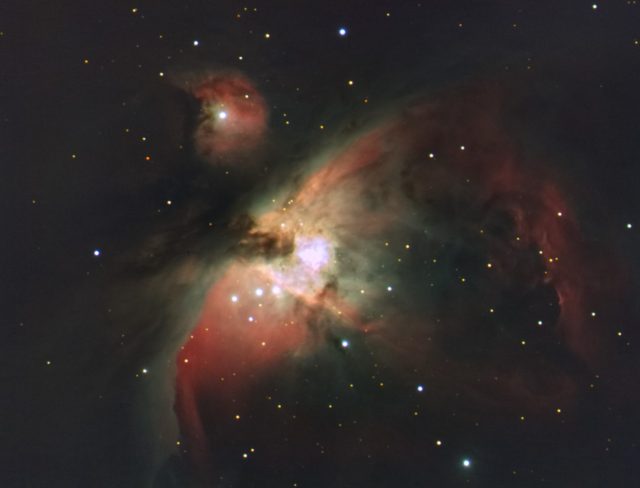
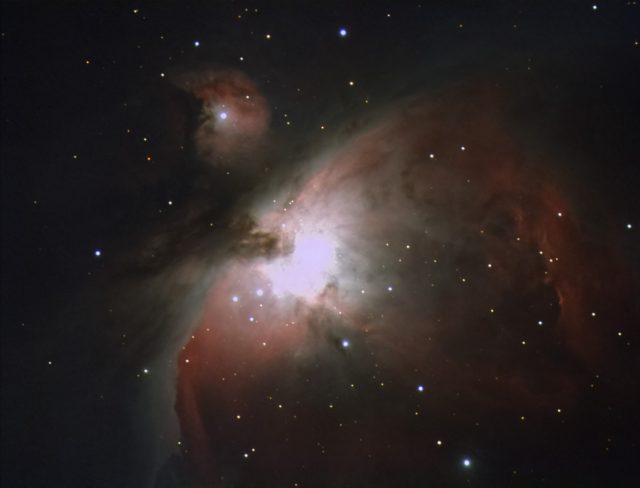
Who knew just a few years ago that I would be shooting 8 second sub-images and building up images that rival my best efforts with a DSLR camera and 180 second sub-images. Now, all I have to do is save up for one of these new breed of Sony CMOS cameras with lots more mega-pixels that can match the resolutions I get with my Canon cameras. They are not too costly anymore and the results speak for themselves.
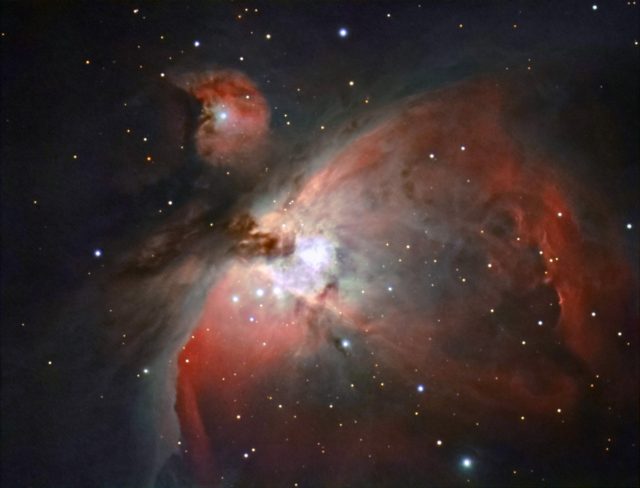
BTW, this was shot with the bright moon nearby. I got him, too, though! 🙂
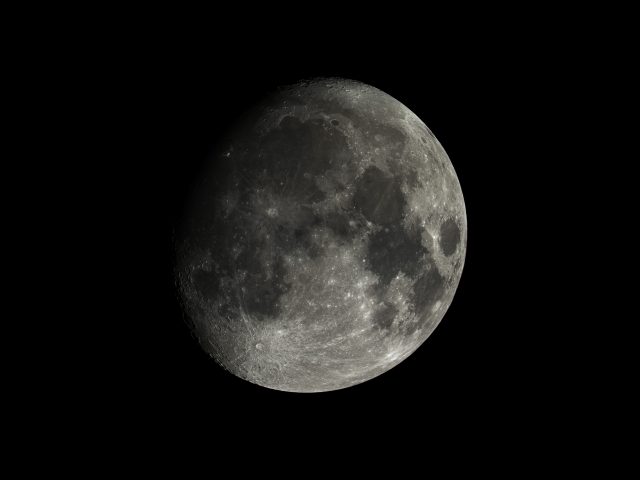
On Thursday, November 30, 2017 I tried my luck with “lucky imaging” of the moon. I set the capture to 100 frames each and took top, middle and bottom images of a waxing moon a few days from full.
I ended up using only the top and bottom panels since there was enough overlap with the TV-85 and the Toupcam IMX224 camera in those two panels. Each panel is the best 50 frames.
After a basic levels adjustment for all layers , I used the wavelets filter in the Astra Image Photoshop plug-in to do an initial sharpening of the merged image and then a SmartSharpen filter to finish it off. No other processing was done to the image beyond the above.
Update: Friday, Dec 1, 2017 moon image with the same setup as the above.
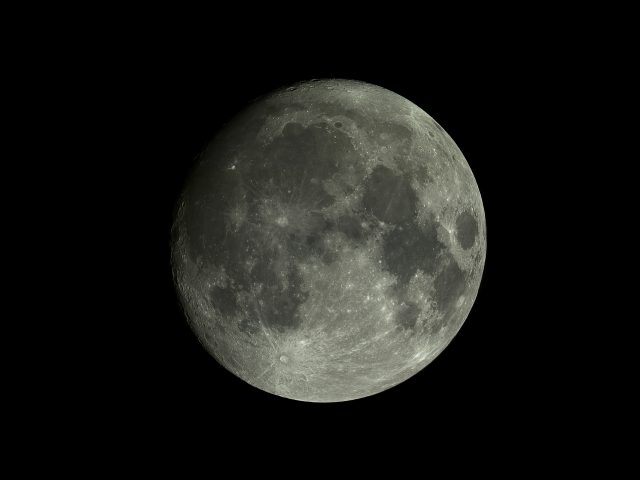
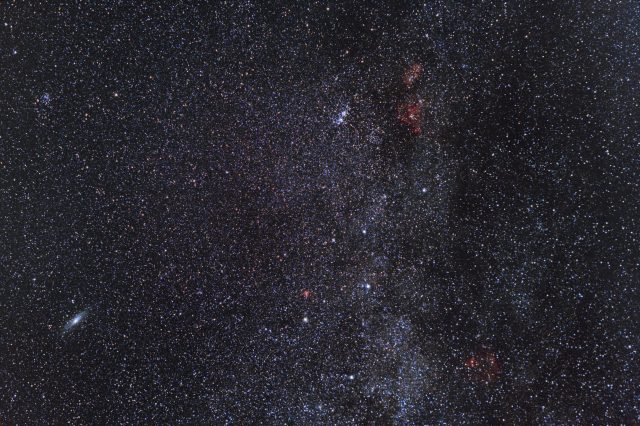
By luck I framed this one with M31 and the Cassiopeia region and got all the good nebulae that were in the area to boot. You can see the Heart and Soul Nebulae, the PacMan Nebula, emission nebula NGC 7822, and other smaller nebulae like the one near Gamma Cass. The Double Cluster is there along with lots of other open clusters.
It is not the best lens and I did do some distortion correction in PS. It was a little difficult to process since this was the first time I used the Astronomik CLS filter. Before, I had one light pollution filter and two cameras, so I finally got another one so they both have one. All I need now is a small mount for light loads like the setup I used here and I could get two cameras going at the same time. Yeah, buddy! 🙂
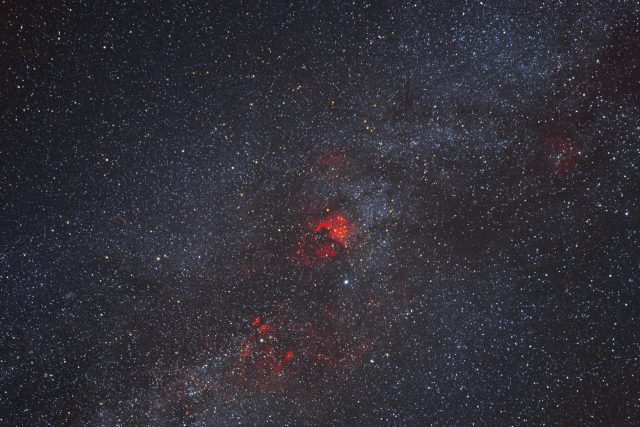
I salvaged what I could of this one. I had problems with the acquisition of the sub-images and it was mainly caused by dew. I had to wipe the lens down several times and every time I did, the focus or focal length changed. I was able to fix it by installing a dew heater strip on the lens, but that was not until the next set.
I gave up on these after an hour of fighting it. I should have installed the heater before shooting, but I was in a rush to get data and there was not any dew problems in the beginning.
But, at least I got something out of it. Anyway, here’s a portrait orientation version of the data with North at the top:
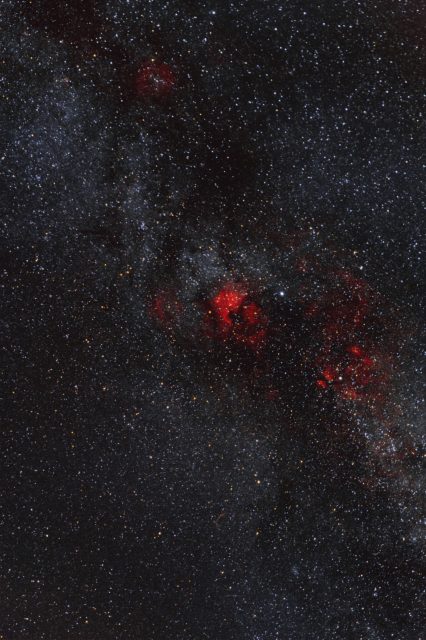
And here is a close crop of the central region:
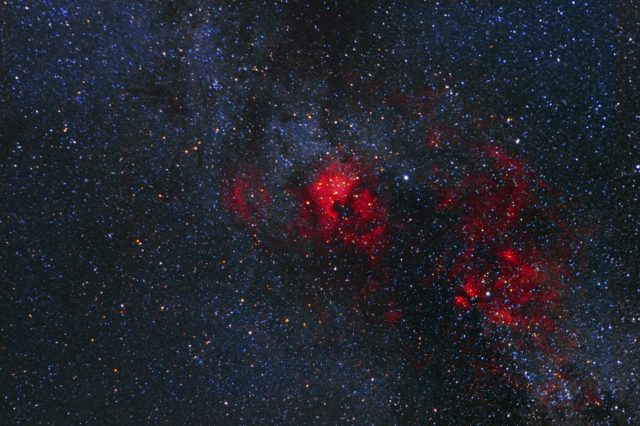
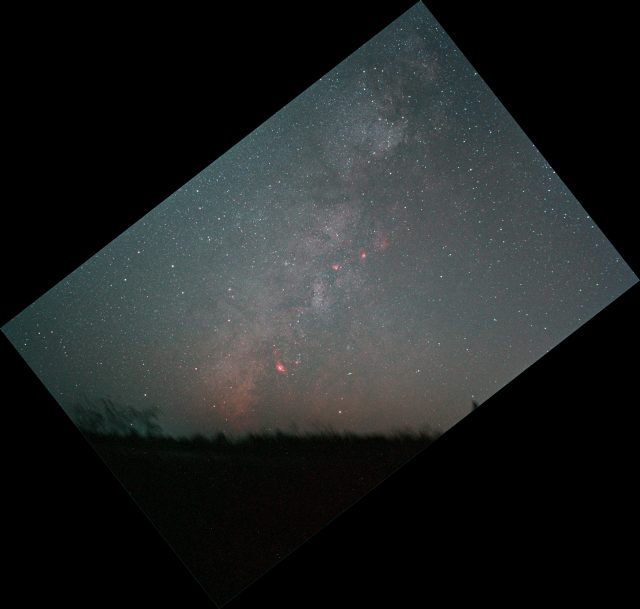
Instead of my usual dead-end road site, I drove a few more miles west of there to a new site I’ve been wanting to try out. It is only 50 minutes total trip time and you get a borderline Bortle 3/4 site with a really dark southern and southwestern horizon.
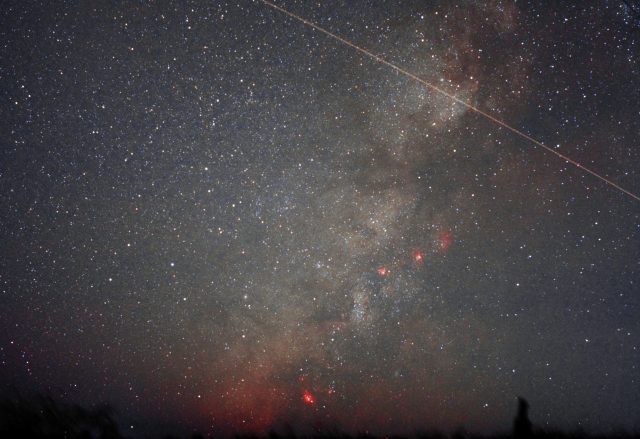
The west is pretty dark, too, but there are various small light domes from the west-northwest to the north. The northeast has a larger light dome from a metro area in that direction and the east has some smaller ones here and there. There is a line of trees from the southeast to the northeast which blocks the LP from those areas, which is good. But, it would not be the best place to shoot early morning comets, for instance, since you can’t see the eastern horizon very well because of those trees.
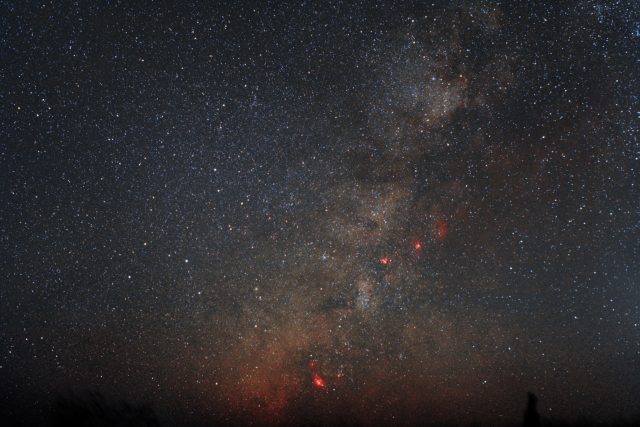
It is definitely dark there. Rated a 0.22 radiance level on a light pollution map. At one point, I might have glimpsed M33 naked eye, but I was not sure. If it would have been more towards the west I’m pretty sure I could have seen it. Moonrise was at midnight, so I quit early and did not get a chance to try for M33 when it was in that area of the sky. Maybe next time! 😉
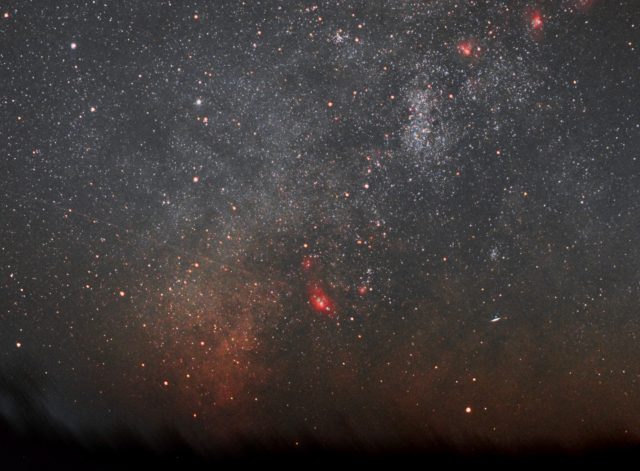
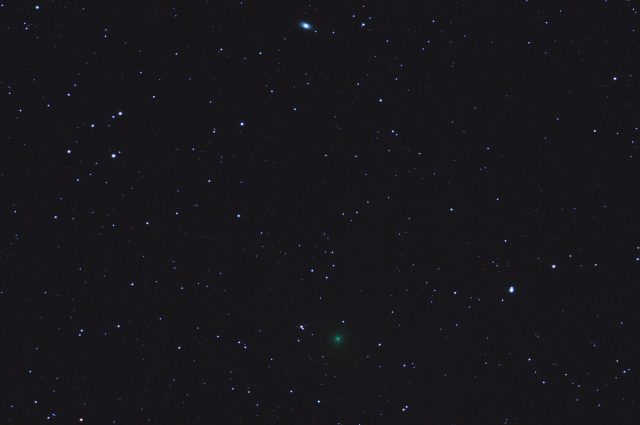
Not much detail for periodic comet 24P/Schaumasse, which was low to the horizon over a stronger LP dome when I started taking the sub-images for this shot. I thought it might have a discernible tail that my camera might pick up since Cartes du Ceil showed it with one. LoL! Unfortunately, no software (or humans) can predict exactly what comets will do, which is why they make such good astrophotography targets. 😉
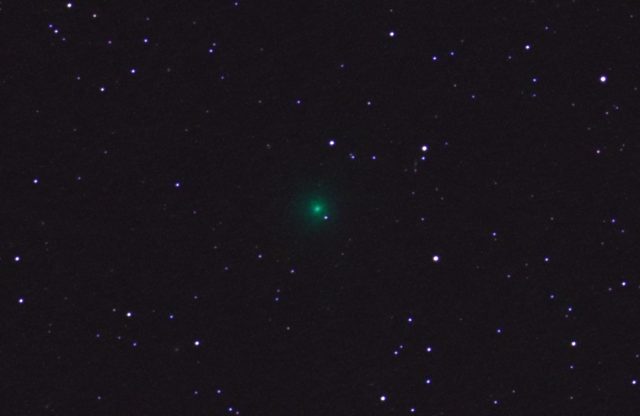
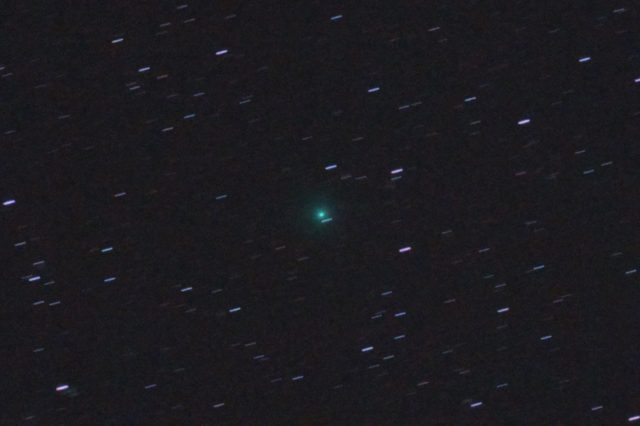
Here is a quickie of 62P/Tsuchinshan. Only 8 sub-images, but it went deep enough to pick up a few faint fuzzies. The comet was predicted to be dim, so I was not expecting much from it. My main target this night was another comet just a few degrees away, which is why I did not spend much time on this guy. But, it looks promising and I might try for it again soon.
There is something weird about this stack, though. Some sort of artifact, maybe? It looks like two tails, but I can’t be sure. Its more apparent in a negative view of the star-streaks image:
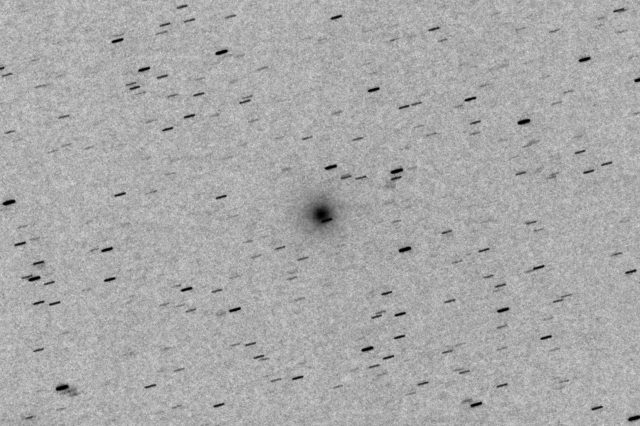
I also have a full-field, star-freeze view at 100% resolution. It is more “pristine” than the other images with only minimal processing :
